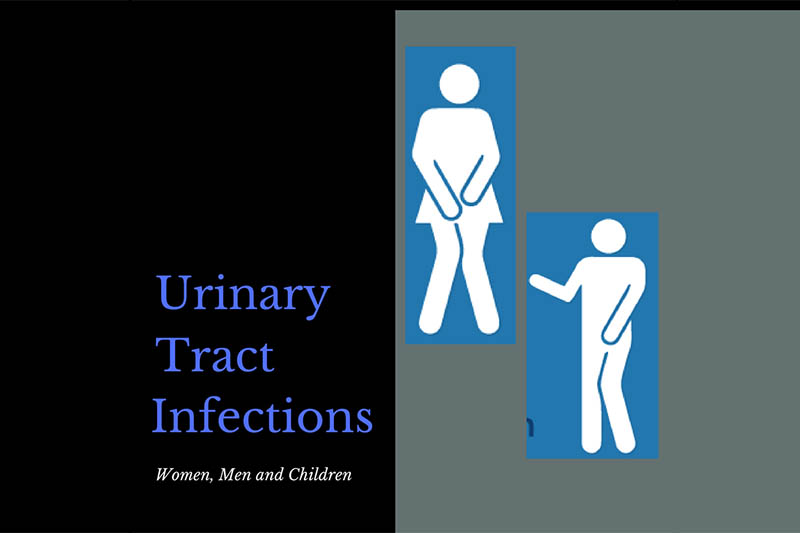
What are UTI’s? Urinary Tract Infections
Do you… Frequently or urgently need to urinate Often only pass small amounts of urine Have Pain or burning sensation when urinating These can be symptoms of urinary tract infections. There
Any of a number of techniques in which the body surface and musculoskeletal system are stroked, kneaded, pounded and pulled. Massage has a time-honoured history in medicine that stretches back to ancient Greece: Hippocrates was an early advocate of massages, and recommended them on a daily basis to ease pain and prevent stiffness. Massages are intended to relax the body (and mind), mobilise stiff joints, improve the flow of blood and lymph, reduce muscular tension and chronic pain, reduce swelling and inflammation, and reduce tension and stress; they are believed by some to integrate the mind and body, improve skin tone, increase the flow of energy through the nervous system and wastes through the gastrointestinal tract, and enhance all the body systems.
Segen’s Medical Dictionary. © 2012 Farlex, Inc. All rights reserved.

Do you… Frequently or urgently need to urinate Often only pass small amounts of urine Have Pain or burning sensation when urinating These can be symptoms of urinary tract infections. There
Disclaimer – Our intent is not to diagnosis but to offer information on therapy choices and practitioners. Information on this site is intended general educational purposes only. Any statements made are carefully referenced and any information, products or services discussed are not intended to diagnose, cure, treat or prevent any disease or illness. Please consult a healthcare practitioner before making a choice.